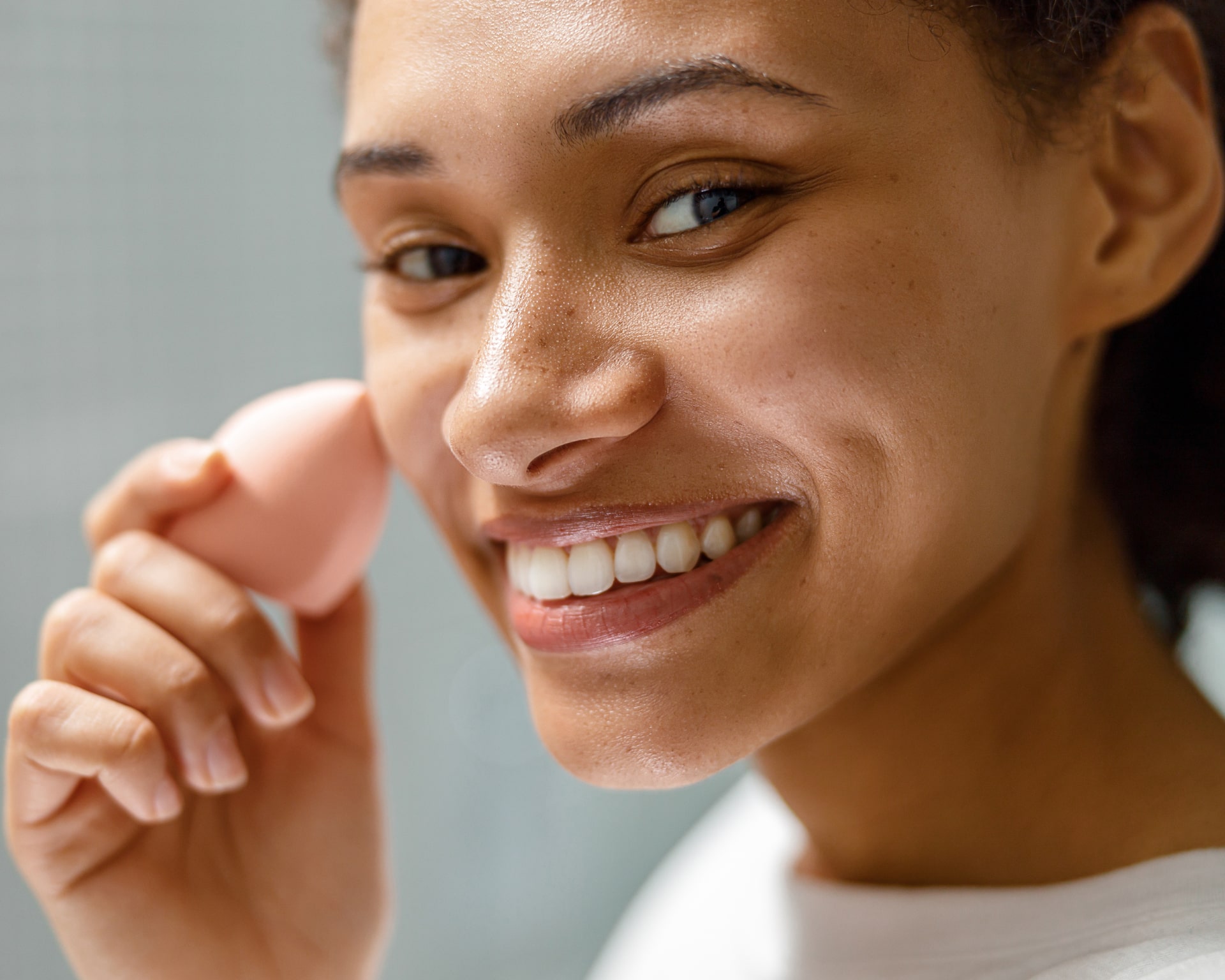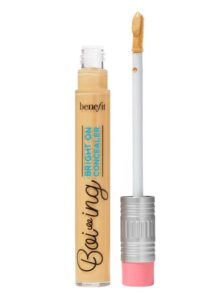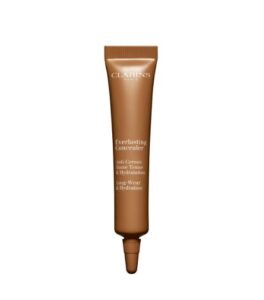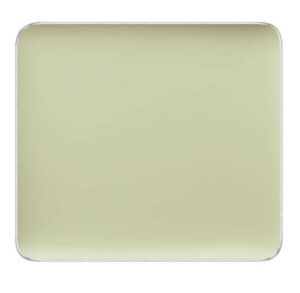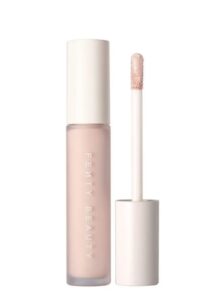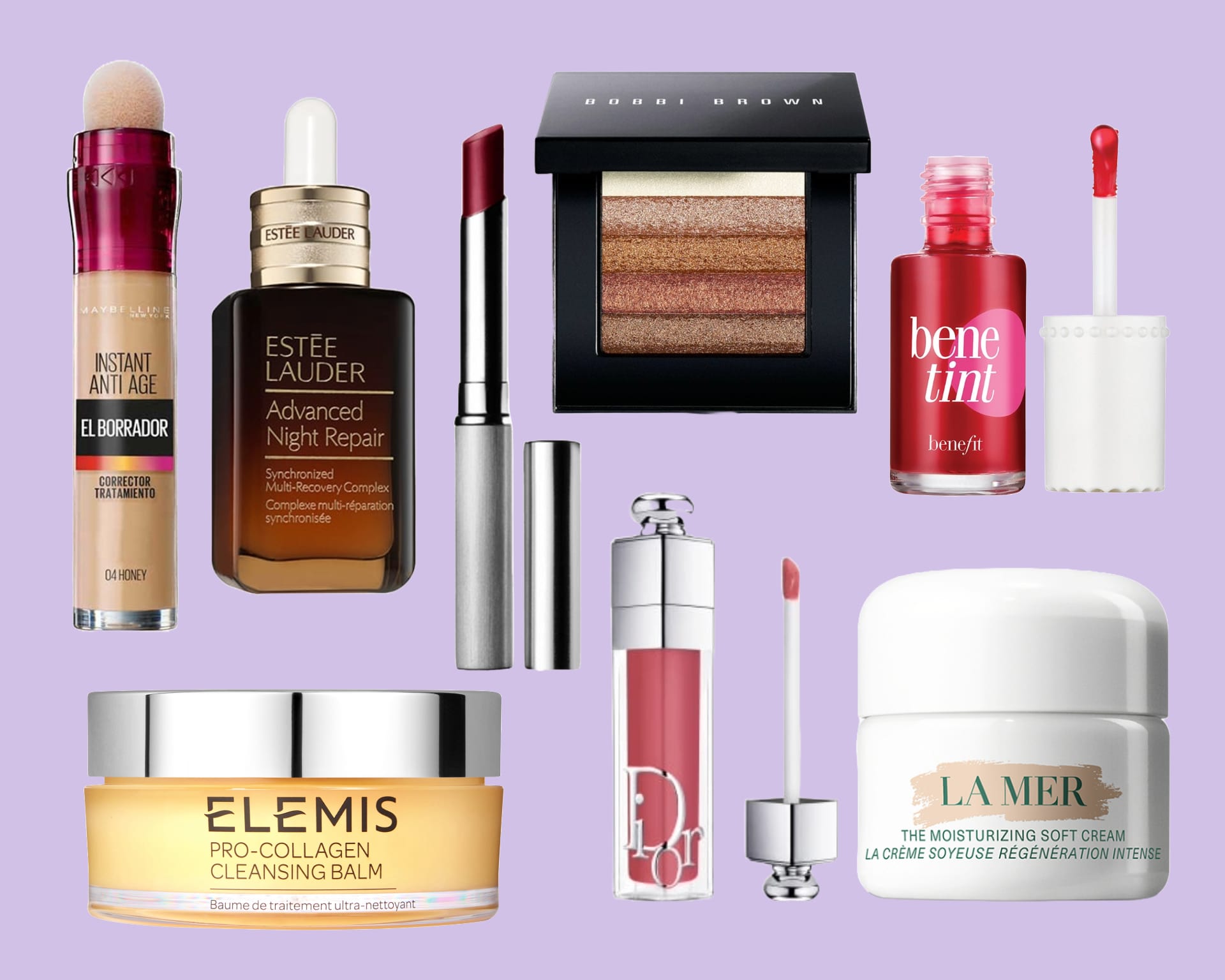There are many different types of foundation formulas on the market, from sheer skin tints to full coverage. But sometimes a foundation is not enough to cover up uneven tone and pesky blemishes. This is why concealers were created and why they have become such a popular make-up product.
Not just for use under the eyes – although they are great at hiding dark circles – concealer can be used all over the face to hide a multitude of problems. Many of them also contain ingredients to treat these concerns too, so you get the benefit of cover and care.
Here are the two distinct types of concealer and what they can do to conceal imperfections and improve your complexion.
Regular concealer
What makes concealer different from foundation? It all comes down to the formula, which is usually thicker and more pigmented. With regular concealer, people generally choose a shade that is similar to or lighter than their skin tone to make their complexion look even, bright and flawless.
Many people apply concealer to camouflage flaws, blemishes and dark circles. It is best applied before foundation and should be carefully blended and set with powder so it stays in place. Some people even use it on its own without foundation just to cover up imperfections for a no-make-up day.
Colour correcting concealer
So there is ordinary concealer. And then there’s colour-correcting concealer. The colours of these formulas may seem unusual, ranging from yellow to purple, but are actually great to use under your make-up to neutralise any unwanted tones.
Examples of this would be using a light blue or lavender to hide yellow, or sallow, skin or a green to make redness disappear. It works because purple and yellow, and green and red, are opposite each other on the colour wheel.
They can be applied as you would regular concealer: after primer with a brush to diffuse the colour. Set it with powder and then apply your foundation over it. Done.
